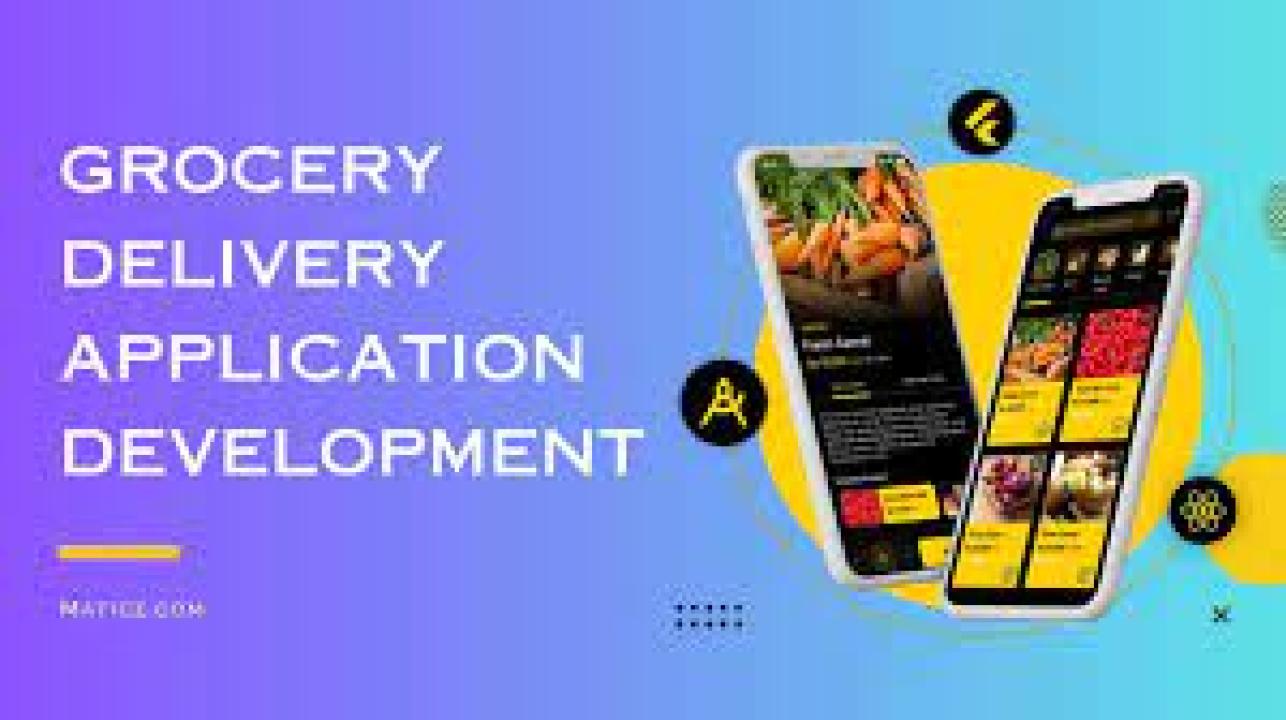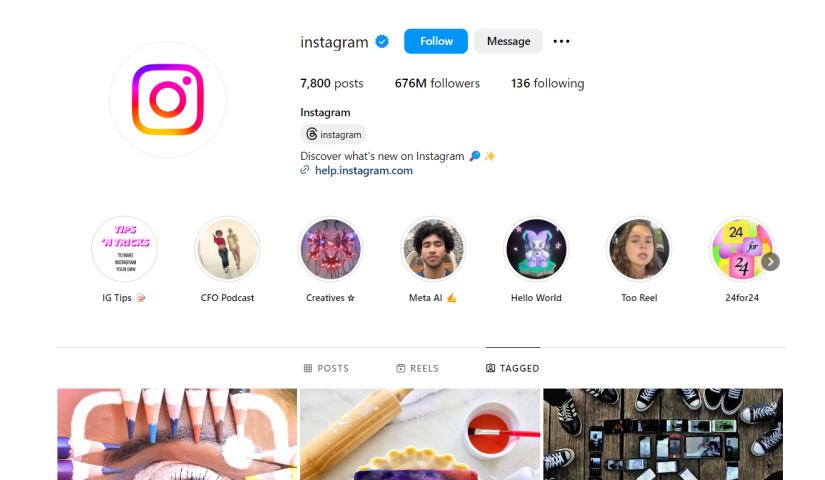Introduction
The grocery industry is rapidly evolving, with more and more consumers turning to mobile apps for their shopping needs. Building a successful grocery app requires careful planning, execution, and a deep understanding of user needs. This guide outlines the essential steps involved in creating a grocery app.
Steps involved in grocery delivery app development
Step 1: Market Research and Target Audience
Identify your target market: Define the specific demographic you want to cater to (e.g., families, students, working professionals).
Analyze competitors: Study successful grocery apps to identify their strengths and weaknesses.
Identify a unique selling proposition (USP): Determine what sets your app apart from the competition (e.g., faster delivery, wider product range, personalized recommendations).
Step 2: App Features and Functionality
Core features:
Product catalog with categories and subcategories
Search and filter options
The shopping cart and checkout process
Secure payment gateways
Order tracking and confirmation
Delivery options (home delivery, pickup)
User profiles and order history
Additional features:
Personalized recommendations
In-app messaging
Loyalty programs and rewards
Grocery list creation
Recipe suggestions
In-app promotions and discounts
Step 3: Design and User Experience (UX)
Create a user-friendly interface: Design an intuitive and visually appealing app layout.
Prioritize navigation: Ensure easy movement between different sections of the app.
Optimize for mobile: Design the app for seamless use on smartphones and tablets.
Consider accessibility: Make the app usable for people with disabilities.
Step 4: Technology Stack
Choose a platform: Decide whether to build a native app for iOS and Android or a cross-platform app.
Select development tools: Choose appropriate programming languages and frameworks (e.g., React Native, Flutter, Swift, Kotlin).
Integrate payment gateways: Partner with reliable payment providers.
Consider cloud services: Utilize cloud platforms for scalability and data storage.
Step 5: Development and Testing
Build the app: Develop the app's front-end and back-end components.
Test thoroughly: Conduct rigorous testing to identify and fix bugs.
User testing: Gather feedback from real users to improve the app.
Step 6: Launch and Marketing
App store optimization (ASO): Optimize your app's listing for better visibility.
Create a marketing plan: Develop strategies to promote your app (e.g., social media, content marketing, paid advertising).
Build a strong brand identity: Create a consistent brand image across all platforms.
Step 7: Post-Launch and Iteration
Monitor app performance: Track key metrics like user engagement, retention, and conversion rates.
Gather user feedback: Continuously collect user feedback to improve the app.
Update and iterate: Regularly update the app with new features and improvements.
Conclusion
Creating a successful grocery app requires a combination of strategic planning, technical expertise, and a deep understanding of user needs. By following these steps and continuously adapting to market trends, you can build a grocery app that meets the demands of today's consumers.
Maticz, the promising grocery mobile app development company, offers a wide range of grocery app development services to assist you in bringing your vision to life. With their expertise, you can navigate the complexities of app development and launch a product that drives growth and customer satisfaction.

















